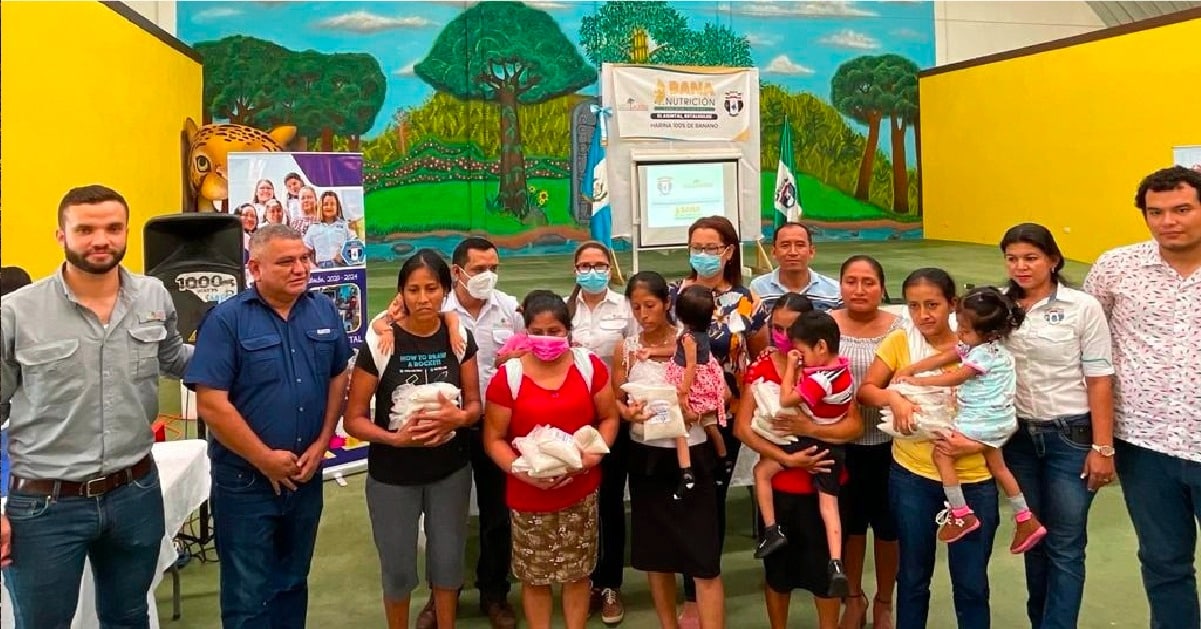Sustainable Development Goal 2: Zero Hunger
Sustainable Development Goal 2: Zero Hunger
The Sustainable Development Goals (SDGs) aim to achieve universal equality, protect the environment and move towards leaving no one behind. The 2030 Agenda for Sustainable Development has 17 goals, which have been accepted and signed by 193 countries. These countries have committed to take the necessary actions to achieve these goals. In this article we will talk about the sustainable development goal 2: zero hunger.
The need to achieve “Zero Hunger”
One of these 17 goals is to eradicate hunger in the world through food security, improved nutrition and the promotion of sustainable agriculture. According to the 2020 United Nations’ (UN) Global Report on Food Crises, around 690 million people suffer from hunger; of these, about 135 million suffer from severe hunger.
Sustainable Development Goal 2: Zero Hunger
Extreme hunger and malnutrition are two of the main obstacles to achieving sustainable development and SDG 2: Zero Hunger aims to remove these barriers. What are the consequences of hunger? Hunger negatively affects people’s living conditions by causing people to be less productive and to suffer from more diseases. How can we achieve “zero hunger”? We can provide equal access to adequate, healthy and nutritious food.
What does “Zero Hunger” aim to achieve?
Some of the goals of this plan of action for 2030 are:
- End hunger and ensure access to adequate food for all people.
- End malnutrition, especially in children under 5 years of age.
- Increase agricultural productivity and sustainable food production.
- Ensure the sustainability of production systems through resilient agricultural practices.
- Increase investment in rural infrastructure, agricultural research and technological development.
Achieving these goals will ensure that there is enough safe and nutritious food for everyone.
AgroAmerica and Zero Hunger
At AgroAmerica we contribute to the achievement of this goal through 2 pillars of our sustainability strategy:
- Our operations: We have a Natural Ingredients Processing Plant and a Research and Development Laboratory focused on developing new food ingredients with high nutritional value.
- Our communities: We implemented the “Bana-Nutrition” program to fight child malnutrition by helping nearby communities produce banana flour to use as a dietary supplement in food preparation. In addition, in alliance with the Association of Independent Banana Producers, we participated in the founding of the Food Bank of Guatemala, which provides donated food resources.
Everyone can support the fight against hunger through either modest or significant actions in their own surroundings. Increasing agricultural productivity and sustainable food production will help to achieve the Sustainable Development Goals.

